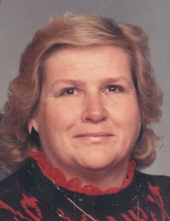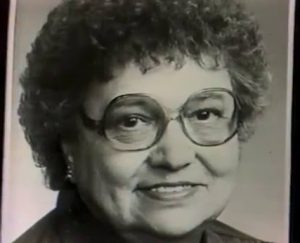
As the saying goes, ‘practice makes perfect’. If you’ve followed all the guidelines above, transitioning from a fast to an exceptionally fast typist is down to one simple thing – practice. With additional typing exercises, muscle memory and automaticity are also build and you will notice a distinct increase in your typing speed
Barbara blackburn typist software#
No other typing software works in this way. Incorporating ‘brain balance’ the method will train your fingers to work symmetrically and simultaneously, a direct result of both hemispheres of the brain working at the same time. KAZ’s proven Accelerated Learning teaching method will teach you the position of the a-z keys in just 90 minutes.

You simply think the word and it appears on the screen. This automaticity is what elevates your typing speed, as the need to look from keyboard to screen is completely eliminated.

Certain fingers are responsible for pressing certain keys and with practice, muscle memory is built and fingers instinctively and automatically reach for the correct keys. As mentioned above, touch typing is the method where you use muscle memory and not the sense of sight to find the keys. However, to elevate yourself from an average typist to a fast typist you need to master the skill of touch typing. At KAZ Type, we deem 50WPM, using all your fingers and thumbs as fast
Barbara blackburn typist how to#
How to turn a good typing speed into a fast typing speedĭifferent typing software use different teaching methods and all have different opinions on what a fast or very fast typing speed is. In order to increase your typing speed, you need to stop ‘hunt and pecking’ and learn how to touch type (the ability to type subconsciously, using all your fingers and thumbs and without looking down at the keyboard) This constant searching and pressing of individual keys, looking up at the screen and then back down at the keyboard is what slows our typing speed. This is known as the ‘hunt and peck’ method, where we look for keys one at a time and then press each key individually. When teaching ourselves to type, we often develop our own style of typing, normally using just our index fingers. You must correct any bad habits you may have developed. Using the home position when you are typing will allow your fingers to move to the correct keys more easily, hence increasing your typing speed The ‘home position’ is situated on the middle row of your keyboard, as highlighted below.

The keys you place your fingers on are called the ‘home keys’. The starting position for your fingers when getting ready to touch type or when they are at rest and not typing is called the ‘home position’. With regular practice, muscle memory will build and you will quickly get acquainted with the layout So, ensuring a good workplace setup and correct posture whilst sitting at the keyboard will help with your speed and efficiency when typingįamiliarising yourself with your keyboard structure and layout will also help your typing speed. Good ergonomics will enhance your comfort, safety, efficiency and productivity. You may be using the wrong typing techniqueĮrgonomics is a science concerned with the design or arrangement of your workplace, equipment, furniture and systems. You may be typing with incorrect ergonomics There are several reasons why you may be a slow typist: If you would like to improve your typing speed and achieve 35WPM, or if you want to exceed it and become an expert typist, try following the guidelines below. However, the Royal Signals, a division of the Royal Army and our research findings, whilst testing our teaching method on over 18,000 individuals per year for three years, suggest that 35WPM is the point when automaticity takes over, when typing with all fingers and thumbs. This is because there is no authoritative industry standard. The average typing speed can vary dramatically from one course provider to another. She typed on a Dvorak keyboard, a keyboard specially designed to reduce finger movement.

Using the English language, the world’s fastest typist, Barbara Blackburn, typed at 216WPM at her peak in 2005. This automatic response is what allows you to type faster. With practice, muscle memory is built and your fingers instinctively reach for the right keys. It also increases productivity and enables you to multitask. However, when you touch type with all your fingers and thumbs, the process becomes automated and transfers to your subconscious, freeing your conscious mind to concentrate on the task at hand.


 0 kommentar(er)
0 kommentar(er)
